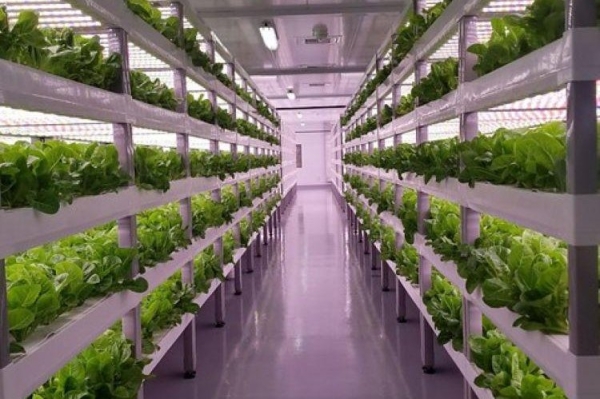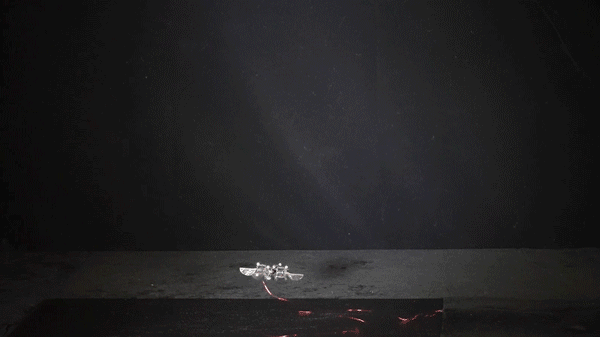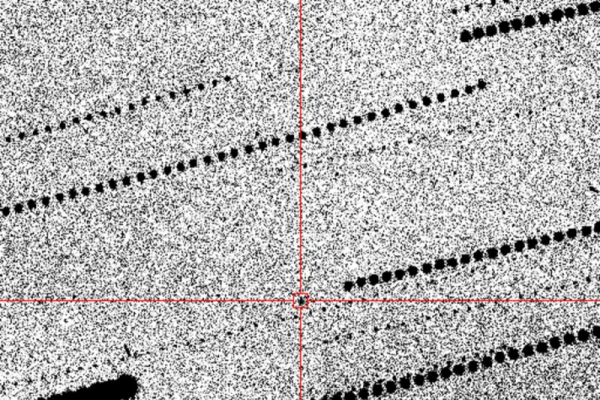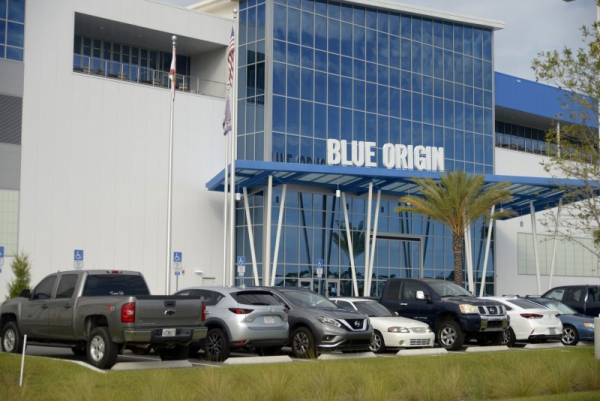
Scientists with the Massachusetts Institute of Technology say a new breed of tiny flying robots that weigh less than a gram could take the place of bees as pollinators in indoor “vertical” farms of the future.
A team of five MIT researchers this month published an open-access paper on a new design they developed that they say significantly improves the flight precision and agility over previous of types of insect-scale “micro-aerial vehicles,” or MAVs.
The research, which appeared Jan. 15 in Science Robotics, says the new type of “robotic bee” minimizes the mechanical stress on artificial wing flexures, thus enabling faster maneuvers, increased endurance and a longer lifespan.
“The amount of flight we demonstrated in this paper is probably longer than the entire amount of flight our field has been able to accumulate with these robotic insects,” lead author Kevin Chen of MIT’s Electrical Engineering and Computer Science department said in a release.
“With the improved lifespan and precision of this robot, we are getting closer to some very exciting applications, like assisted pollination.”
The move to vertical farming
Simulating natural pollination is a must if vertical farming — a method that uses artificial intelligence and artificial lights to grow plants in indoor spaces — is to progress beyond producing mainly leafy greens such as lettuce and herbs, which can be grown hydroponically with relatively little water.
That’s because nearly one-third of the crops we consume must be pollinated to grow. But there’s a major problem — domesticated honeybees cannot easily navigate indoors in artificial light and pollination by hand is an extremely expensive and time-intensive process. Thus the use of robotic pollinators is being touted by some as a potential option.
Scientists are working on the problem because many see urban-based vertical agriculture as way to help increase food production and expand agricultural operations as the world’s population is projected to exceed 9 billion people by 2050.
Also, by that same year, 2 out of every 3 people are expected to live in urban areas, according to the U.S. Department of Agriculture. Producing fresh greens and vegetables close to these growing urban populations “could help meet growing global food demands in an environmentally responsible and sustainable way by reducing distribution chains to offer lower emissions, providing higher-nutrient produce and drastically reducing water usage and runoff,” the agency says.
Vertical farming remains a niche at this point. Lettuce and other leafy greens are the most popular crops for it, and while research is underway to grow all types of crops in vertical farms, the most successful ones today remain those that can be grown hydroponically and harvested in their entirety.
Researchers are investigating the vertical farming potential of self-pollinating small fruits, such as strawberries, and fruiting vegetables, such as tomatoes and peppers.
Although the market is small now, “it has tremendous growth potential as environment control, automation, and crop production technologies are improved and energy costs are reduced.” USDA scientist Kai-Shu Ling said last month.
“It is hard to predict how this industry will grow in the future, but I believe that it’s possible that vertical farming can take over approximately 50% of leafy green markets in the U.S. and some small portions of small fruit (strawberry) and tomato markets in 10 years,” he said.
Technological advances
One of the biggest leaps that could enable vertical farming to overcome its current limitations would be to move into crops — especially fruits and vegetables — that require bees or other insects to carry out pollination.
The list of such crops is long: potatoes, onions, kiwi, celery, mustard, broccoli, cauliflower, watermelon, cantaloupe, peaches and pears barely scratch the surface. In all, more than 90 species of U.S. specialty crops require pollination by bees and other insect pollinators.
In the wild, the numbers of such pollinators are in serious decline due to invasive pests and diseases, exposure to pesticides, loss of habitat, loss of genetic diversity and changing climate. And indoors, domesticated honeybees struggle with artificial light to carry out their functions.
Thus, the research results published by MIT and funded in part by the U.S. National Science Foundation caused a stir in the vertical farming industry.
Until now, the key drawback of using tiny MAVs has been their inability to mimic the exceptional agility and precision of aerial insects, which are capable of amazing feats made possible by their small size and fast neuromotor control.
“They perform impressive acrobatic maneuvers when evading predators, recovering from wind gust or landing on moving objects,” the authors say, adding that any man-made vehicle must be able to replicate their flapping-wing propulsion to generate large changes in instantaneous forces and torques.
“During flapping-wing flight, wings, hinges and tendons of pterygote insects endure large deformation and high stress hundreds of times each second, highlighting the outstanding flexibility and fatigue resistance of biological structures and materials,” they wrote.
In comparison, MAVs exhibit “substantially shorter lifespans,” and are limited to hovering for less than 10 seconds or following simple trajectories at slow speeds.
The team says their new “robo-bee” is a 750-milligram flapping-wing MAV that demonstrated “substantially improved lifespan, speed, accuracy, and agility.”
The robotic insect, weighing less than a paperclip, can fly significantly faster than similar bots while completing acrobatic maneuvers like aerial flips. Image courtesy of Massachusetts Institute of Technology
Using a “transmission and hinge designs that reduces off-axis torsional stress and deformation,” the robot achieved a 1,000-second hovering flight — a full two orders of magnitude longer than existing sub-gram MAVs.
This robot also performed complex flight trajectories such as double body flips at a rotational rates “exceeding that of the fastest aerial insects and larger MAVs.”
Less strain is key
The researchers said the most important advance in the design is the MAV’s ability to reduce the strain on its artificial “muscles.”
The motion of the robot’s wings is driven by these tiny, soft actuators, which are made from layers of elastomer sandwiched between two very thin carbon nanotube electrodes and then rolled into a “squishy cylinder,” according to MIT.
When the actuators rapidly compress and elongate, they generate mechanical force that flaps the wings.
When the contractions of these “muscles” reached very high frequencies in previous designs, they had a tendency to buckle, thus reducing the robot’s torque power and maneuverability. But that strain has been reduced in the new version, Chen said.
“Compared to the old robot, we can now generate control torque three times larger than before, which is why we can do very sophisticated and very accurate path-finding flights,” he said.
Their biggest challenge was fabricating the wing hinge, which is about 2 centimeters long, but just 200 microns in diameter. They finally achieved success after many attempts by perfecting a laser-cutting process enabling them to precisely fabricate each wing hinge.
“If you have even a tiny alignment issue during the fabrication process, the wing hinge will be slanted instead of rectangular, which affects the wing kinematics,” Chen said.
The new “robotic insect” can hover for almost 17 minutes without showing any degradation of flight precision — 100 times longer than ever before — while reaching an average speed of 35 cm. per second, the fastest yet achieved.
Sourse: www.upi.com





